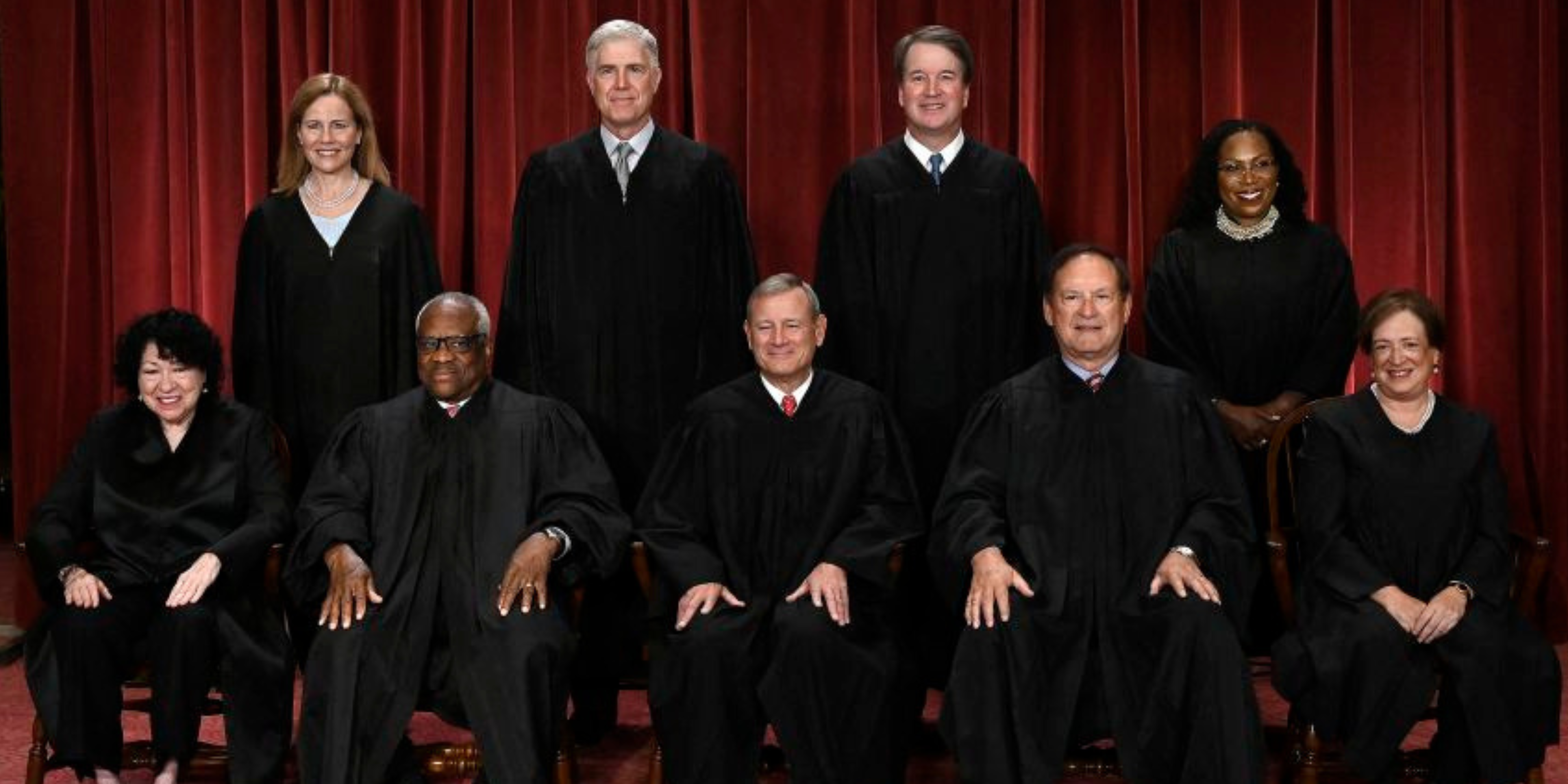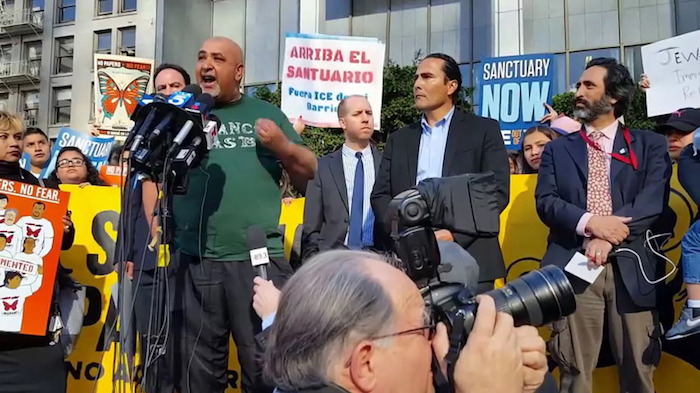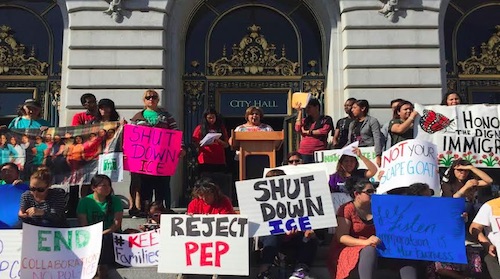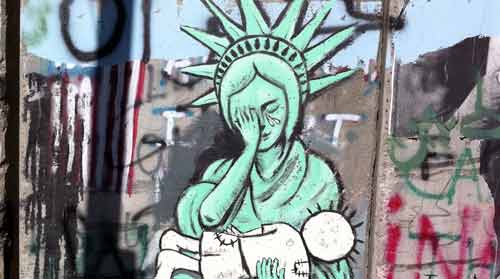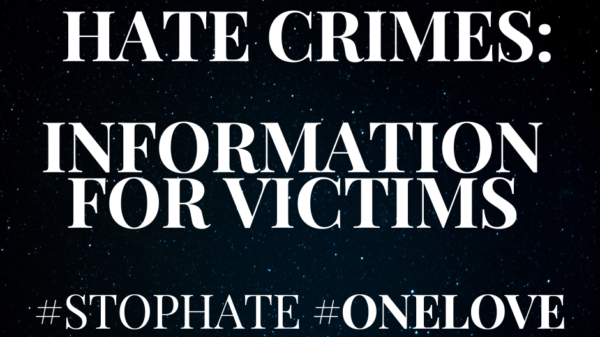Magazine, The Immigrant Experience Opinion By Pamela A. Anchang
On June 29, 2023, the US Supreme Court delivered a significant decision that struck down affirmative action in college admissions, sparking debates about its impact on equity and civil rights. The ruling prohibits colleges and universities from using race as a specific basis for granting admission, overturning long-standing precedent that has benefited Black and Latino students in higher education.
Chief Justice John Roberts’ Opinion:
Chief Justice John Roberts, writing for the conservative majority, argued that the admissions programs at Harvard and the University of North Carolina violated the Equal Protection Clause. Roberts asserted that these programs lacked measurable objectives to justify the use of race and perpetuated racial stereotyping without a clear endpoint. According to him, admissions programs should not operate in such a manner and should not employ race in a negative way.
Strong Dissents:
Justice Clarence Thomas expressed hope that the country would live up to the principles of equality enshrined in the Declaration of Independence and the Constitution.
In her fiery dissent, Justice Sonia Sotomayor, joined by Justices Elena Kagan and Ketanji Brown Jackson, claimed that the opinion rolled back decades of precedent and progress. Sotomayor criticized the decision for allowing skin color to be a factor in assessing individualized suspicion but not individualized contributions to a diverse learning environment. She argued that this reading of the Constitution was not grounded in law and undermined the Fourteenth Amendment’s guarantee of equal protection.
Justice Jackson, the only Black woman on the bench, accused the majority of displaying a “let-them-eat-cake obliviousness” and imposing “colorblindness for all” by legal fiat. She argued that while race might be deemed irrelevant in law, it remains significant in life, and the majority had detached itself from the country’s actual past and present experiences.
US Military Service Academies Exempted:
The ruling stated that US military service academies could continue considering race as a factor in admissions. Chief Justice Roberts left open the possibility that military academies may present distinct interests that differ from the cases before the court.
Debate and Implications:
The decision to strike down affirmative action in college admissions has raised concerns about its consequences for students and families seeking opportunities through higher education. Critics argue that the ruling erodes progress towards a more inclusive society and undermines efforts to address historical disadvantages and foster diversity on campuses. They contend that race-conscious admissions policies have been essential in leveling the playing field for underrepresented students and preparing them for success in a diverse society.
The California Experiment: Understanding Long-Term Effects
To gain insights into the long-term effects of affirmative action bans, it is instructive to examine California’s experience after implementing a similar ban in 1998. Research conducted by Zachary Bleemer, an economist at Princeton University, reveals significant impacts on enrollment and long-term economic outcomes.
Bleemer’s study found that after the ban, the University of California, Berkeley, and UCLA, the state’s most selective public universities, experienced a 40% decline in Black and Hispanic enrollment. Conversely, there were no significant changes in enrollment at less selective state schools. This suggests that the ban created barriers for underrepresented students, restricting their access to higher-ranked institutions.
The Long-Term Economic Consequences
The affirmative action ban also had long-term economic consequences for those affected. Bleemer’s research indicates that Black, Hispanic, and Native American Californians who turned 18 in 1998, missing out on the benefits of affirmative action, were more likely to enroll in less selective universities. This limited their opportunities to pursue graduate degrees and lucrative STEM fields, resulting in lower wages compared to their counterparts who had access to more selective institutions.
Notably, Bleemer’s study also found that white and Asian students who took the place of underrepresented students at prestigious universities did not experience equivalent gains in long-term outcomes. This suggests that the value provided by these selective universities was particularly beneficial for disadvantaged Black and Hispanic students, who could leverage the resources and support available to them.
The Broader Implications for Diversity and Equal Opportunities
The Supreme Court’s decision to strike down affirmative action in college admissions raises concerns about the broader implications for diversity, representation, and equal opportunities. Affirmative action has played a critical role in promoting diversity on campuses, fostering cross-cultural understanding, and preparing students for a globalized society. The elimination of race-conscious admissions policies may impede progress in addressing historical inequities and perpetuate underrepresentation in higher education.
The Supreme Court’s decision striking down affirmative action in college admissions is a blow to equity and civil rights, undermining the progress made in advancing equal opportunities and promoting diversity in higher education. Affirmative action policies have been instrumental in addressing historical disadvantages and creating a level playing field for underrepresented students. By considering an applicant’s race as one factor among many, these policies have increased representation and provided opportunities for individuals from marginalized communities.
The immediate impact of this ruling is expected to be felt most strongly by underrepresented students, including Black, Hispanic, Native American, and other marginalized groups. Affirmative action has played a crucial role in increasing their presence on college campuses and opening doors to higher education that may have otherwise remained closed. Removing race-conscious admissions policies threatens to erode these gains and create barriers for aspiring students who have historically faced systemic disadvantages.
One of the significant consequences of striking down affirmative action is the potential decline in diversity on college campuses. The presence of students from diverse backgrounds enriches the educational experience, fosters cross-cultural understanding, and prepares students for a diverse and globalized society. Without race-conscious admissions policies, colleges and universities may struggle to maintain or increase their diverse student bodies, leading to a less vibrant and inclusive learning environment.
Long-term implications are also a cause for concern. Research conducted following California’s ban on affirmative action provides valuable insights into the potential consequences. The study revealed a significant decline in enrollment of underrepresented students at the state’s most selective public universities, resulting in limited access to resources, opportunities, and networks. This limited access hampers their ability to pursue successful careers and higher earning potential, perpetuating existing inequalities.
Furthermore, the absence of affirmative action may not lead to equivalent gains for the students who replace underrepresented individuals at prestigious universities. This highlights the value that these selective institutions provided specifically for disadvantaged students, leveraging their resources and support to uplift individuals who faced multiple barriers to success. The elimination of affirmative action may widen the gaps in long-term outcomes and further entrench disparities.
While the Supreme Court’s decision deals a significant blow to affirmative action, it does not signal the end of efforts to promote diversity and equal opportunities in higher education. Institutions can explore alternative strategies, such as socioeconomic-based admissions or holistic review processes that consider a range of factors beyond race. By adopting these approaches, colleges and universities can continue working towards inclusivity, ensuring that historically marginalized communities have access to the resources and support they need to thrive.
It is crucial for colleges, universities, policymakers, and advocates to double down on their commitment to creating equitable and inclusive spaces. This requires ongoing efforts to promote diversity and equal opportunities, even within the legal boundaries set by the Supreme Court’s decision. By investing in initiatives that support historically marginalized communities, colleges and universities can continue their pursuit of equity and inclusion in higher education, fostering an environment where every individual can thrive.
As Justice Sotomayor wrote in dissent: “The Court subverts the constitutional guarantee of equal protection by further entrenching racial inequality in education, the very foundation of our democratic government and pluralistic society.” This powerful statement highlights the concern that striking down affirmative action undermines the principles of equal protection and perpetuates racial disparities in education.
President Biden responded to this ruling, emphasizing the importance of racial diversity in colleges and universities. He stated, “Our colleges are stronger when they are racially diverse. And America is stronger because we are tapping into our full range of talent. Today’s Supreme Court decision is not the last word.”
The President’s remarks underscore the belief that diversity contributes to the strength and vitality of educational institutions and the nation as a whole. He recognizes that the Supreme Court’s decision is not the end of the conversation, indicating a commitment to exploring alternative approaches and continuing the pursuit of diversity and equal opportunities in higher education.
In the face of this ruling, it is crucial for advocates, policymakers, and educational institutions to persist in their efforts to create inclusive and equitable spaces. By challenging and reimagining existing practices, it is possible to develop strategies that promote diversity, dismantle barriers, and ensure that all individuals, regardless of their background, have the opportunity to thrive in higher education. This ongoing commitment is vital for upholding the principles of equality and justice in our democratic society.
Critics of the decision argue that our colleges and universities are stronger when they reflect the racial diversity of our nation. They assert that by embracing diversity, America taps into its full range of talent, which contributes to innovation, social cohesion, and economic prosperity.
Moving Forward: Strategies for Inclusivity
While the Supreme Court’s decision deals a significant blow to affirmative action, it does not preclude institutions from pursuing alternative strategies to promote diversity and equal opportunities. Socioeconomic-based admissions policies, which consider economic background rather than race, are one potential avenue. Institutions can adopt holistic approaches to admissions that consider a wide range of factors, including background, experiences, and achievements.
Furthermore, policymakers and educational institutions must proactively invest in resources and support systems to bridge the gaps created by the absence of affirmative action policies. Scholarships, mentoring programs, and outreach initiatives can help mitigate the adverse effects of the ruling and ensure access to higher education for historically marginalized communities.
The Supreme Court’s decision to strike down affirmative action in college admissions has significant implications for diversity in college institutions and potentially extends to the ramifications across other institutions as well. Upholding the vision of equity and inclusion requires a collective effort to create equitable and inclusive spaces, adapt strategies, invest in resources, and prioritize diversity. Only through resilience and determination can we navigate the shockwaves of this decision and continue working towards a society that values the contributions of individuals from all backgrounds.
Conclusion
The US Supreme Court’s decision to strike down affirmative action in college admissions has far-reaching consequences for equity and civil rights in higher education. Lessons from the California experience indicate the potential negative effects on enrollment and long-term economic outcomes for underrepresented students. As the nation navigates this new landscape, it is essential to explore alternative pathways to diversity and equal opportunities while continuing to address the systemic barriers that hinder marginalized communities’ access to higher education.
#SupremeCourt #AffirmativeAction #CollegeAdmissions #Equity #CivilRights #HigherEducation #Diversity #Inclusion #Equality #EducationJustice

